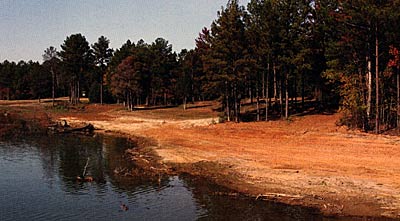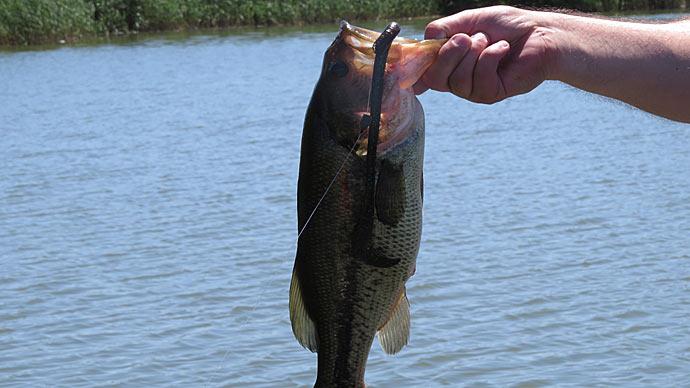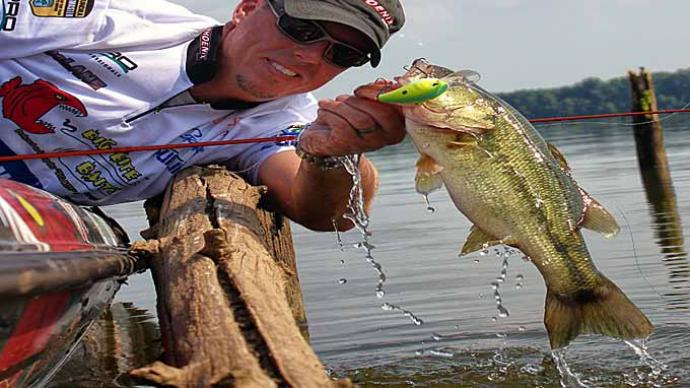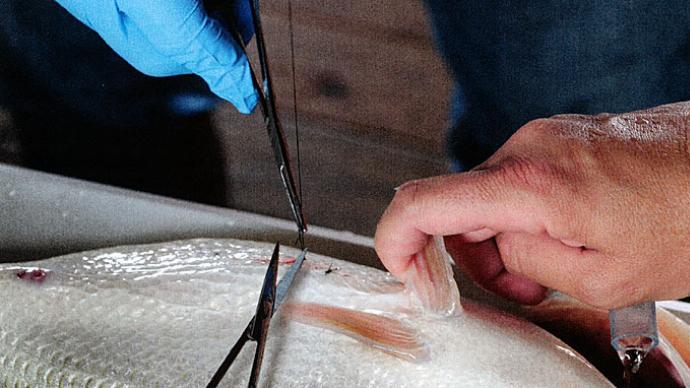
There is no shortage of political arguments swirling around the topic of climate change. Many of these arguments are legitimate legislative discussions on which actions or inactions are best economically, socially, and ecologically. Politics works that way. However, when you put politics aside, we can no longer dispute that climate change is real, it is happening now, and the effects are accelerating.
The term climate change historically described a long-term change in global temperatures and weather patterns. It has happened continuously for all of Earth's 4.5 billion years. About 650 million years ago, the Earth was a giant ice ball, and about 50 million years ago, crocodiles and palm trees were native above the Arctic Circle; but those changes occurred gradually over millions of years, giving the Earth's inhabitants plenty of time to adapt.
A primary driving force behind naturally changing temperatures is the concentration of certain gases in our atmosphere. The most abundant gases, nitrogen and oxygen, allow the sun's heat to escape back into space. However, carbon dioxide, methane, and nitrous oxide radiate this heat back to the planet surface. Without these gases, the Earth's surface would average about 0°F.
The problem is that humans have been increasing the concentration of these gases very quickly, while also clearing forests that can help trap carbon dioxide. Burning of fossil fuels and modern farming practices make a lot of carbon dioxide and methane. Thus, the Earth's atmosphere traps more heat. Since the Industrial Revolution, we have increased atmospheric carbon dioxide concentrations more than 40%.
As a result, the Earth's average annual temperature has increased about 1.8°F in recent decades. This does not sound like a lot, but keep in mind that the difference between ice ages and dinosaurs was only 10-15°F! Without significant action, scientists predict that the climate will heat up an additional 2.5 to 10°F over the next century.
This rise in average temperature will greatly increase climatic extremes. Storms will be more frequent and stronger, droughts will be more severe, summers will be hotter, and winter weather will be more variable. Sea ice will melt, raising sea level and altering ocean and air currents. Loss of Artie sea ice will destabilize and shift the polar vortexes, extending winter in some areas and occasionally pushing extremely cold air into the deep south; but the Earth will be warmer on average. We are already seeing these changes.
Sea level is currently rising at 1.2 inches per decade and this rate is accelerating. If all the world's ice sheets melt, which is an extreme but possible scenario, sea level will rise by more than 200 feet. This is bad news, as roughly 80% of humans live within 60 miles of the coast. Florida would completely vanish, as would most of the eastern seaboard and coastal cities of Gulf Coast States. For example, Mississippi would become a peninsula, with bays to the west and east extending to Missouri and Tennessee. It is already happening and worst-case scenarios may occur within the next century.
Changes in weather patterns are going to affect how you manage your pond. If you live near the coast, you will probably need to trade in your bass gear for redfish tackle, as there is not much advice I can offer if your pond becomes part of the sea. In addition, extreme events like hurricanes or 500-year floods may not be good for ponds or their levees, especially if you are near rivers or coastlines with storm surge or record flood crests that enter your lake or erode the dam.

These extreme events may dramatically affect ponds that are in low-lying areas, but for the rest of us, the effects will be more subtle. Probably the biggest change will be in precipitation. Most areas in the south-central United States are likely to see more rainfall, but in heavier, less frequent down-pours. This will result in more overland flow, but lower overall soil moisture. Most areas from Central Texas to Alabama and northward have already observed a 5-15% increase in precipitation, and this area can expect the very heavy rainfall to be 15% more frequent in the future. Ponds and lakes are likely to overflow more often, flushing nutrients and lime downstream during rainy periods and losing water volume during dry periods.
Similarly, areas of the northeastern and north central U.S. have already observed significant increases in precipitation of up to 15% and 20%. Areas like Missouri, Minnesota, Michigan, and Ohio will see extreme precipitation events 30% more often, and if you live in the northeast, get ready for up to a 70% increase in flooding events (or heavy snows in winter).
On the other hand, much of Florida up to North Carolina and the arid Southwest has seen a 0-10% decrease in overall precipitation. Arizona has been hardest hit, with some areas declining 15% or more. These areas may find it more difficult to keep water in ponds. However, when it does rain, it will pour. The southeastern U.S. can expect heavy events 20% more often, and desert southwest will see a 10% increase.
Changes in precipitation will require changes in pond design. The increase in flood frequency and magnitude may require modification of water control structures. For example, a secondary spillway (a.k.a., emergency spillway) is designed to handle floodwater during an extreme event of specified magnitude, such as a 100-year flood. What constituted a 1 in 100-year flood 50 years ago will be more commonplace as climate change progresses, and more extreme events will be possible. In other words, your pond built at 1970 standards with its 100-year flood emergency spillway may need to be modified to handle a 500-year flood.
Likewise, expect periods of drought and low water level. Because more rainfall will run off the landscape instead of percolating into the ground, soil moisture will be lower. That means less subsurface flow to sustain the pond during dry periods. It seems logical to suggest a greater watershed to pond area ratio when designing new ponds, but this may not be advisable. Remember, when it rains, it pours, and more watershed means a greater volume of water that emergency structures will have to handle. Not to mention your fertilizer, lime, or possibly fish washing downstream. A well and pump could be installed to maintain water levels during dry periods using groundwater, or we could just get used to greater water level fluctuations.
Another concern will be water temperature. The extreme heat index, which is the temperature of the hottest four days each year, is expected to increase substantially. All areas in the U.S. will see extreme heat index increases at least 8°F, with most seeing double-digit increases. The Mountain West will see the worst of it, with increases of 14°F or more. Of course, these estimates assume the we take no effort to mitigate climate change, but even if we do successfully reduce our impact on the planet, the extreme heat index will still increase 2-4°F nationwide as a result of effects already underway. Hotter temperatures mean greater evaporation, which will lower pond levels during dry periods.
For ponds in the South, summer water temperature will be hotter. Most ponds will be stratified, with cooler water with no oxygen down deep and very warm water at the surface that will stress or possibly even kill fish. Fish will be squeezed into middle layers with cooler water with enough oxygen to survive. From a bioenergetics standpoint, this is rough on fish. You can expect fish to lose weight during this period.
The warmer waters also will promote less-desirable plankton species, particularly noxious cyanobacteria. These blooms can make fish taste bad and can even produce toxins that harm aquatic and terrestrial life. If you run a destratification system, this will help. However, you may need to run the system only at night to help keep the water column from becoming excessively hot. Minor stratification during the day helps insulate deeper layers from heating, and this stratification can be safely broken up by nightly aeration.
In northern ponds, warmer summers may even alter which species offish can be grown in some areas. If you are on the border of where cool-water species like smallmouth bass or cold-water species like trout can be grown, warmer summers may eliminate these options.
Although there are many negative effects of climate change on ponds, there are some potential advantages too. Warm-water species like Largemouth bass will likely grow to larger sizes up north as the average annual temperature increases. There is a reason that the biggest bass are caught at southern latitudes—they have a longer growing season. As average temperatures increase, growing seasons will get longer to the north, and so may the bass. Further, threadfin shad will survive at higher latitudes. This excellent prey species generally dies when ponds get too cold. Another potential boon to bass growth.
Make no mistake—climate change is real, it is caused by human activity, and it is happening now. The more you understand the effects of a changing climate on your lake or pond, the better equipped you will be to manage these impacts in the future.
Reprinted with permission from Pond Boss Magazine



